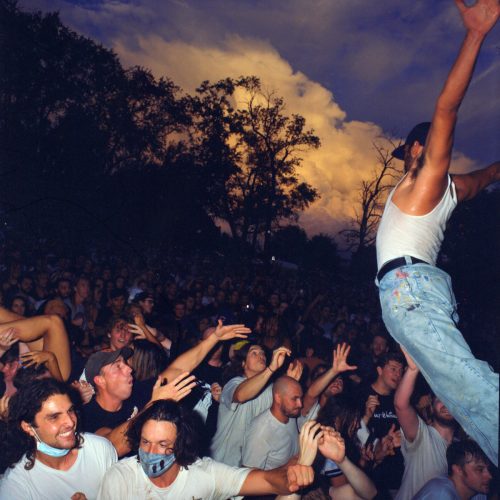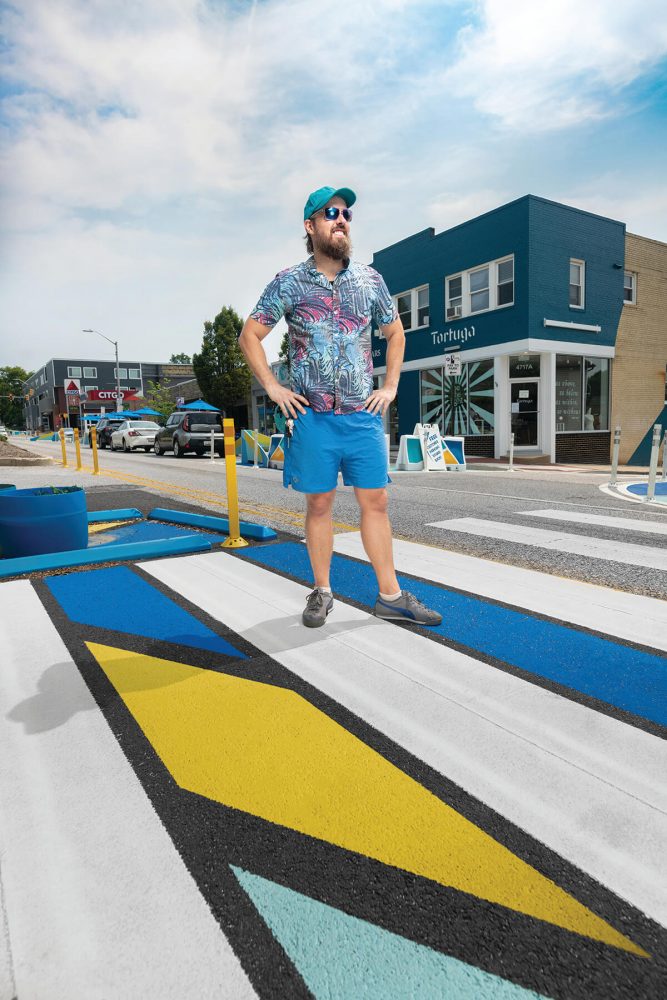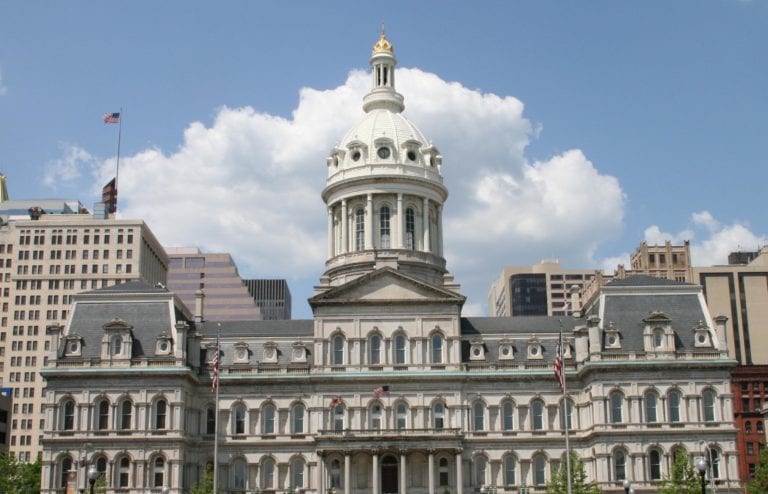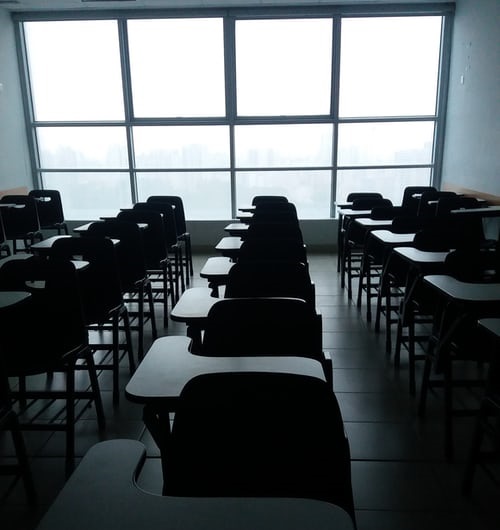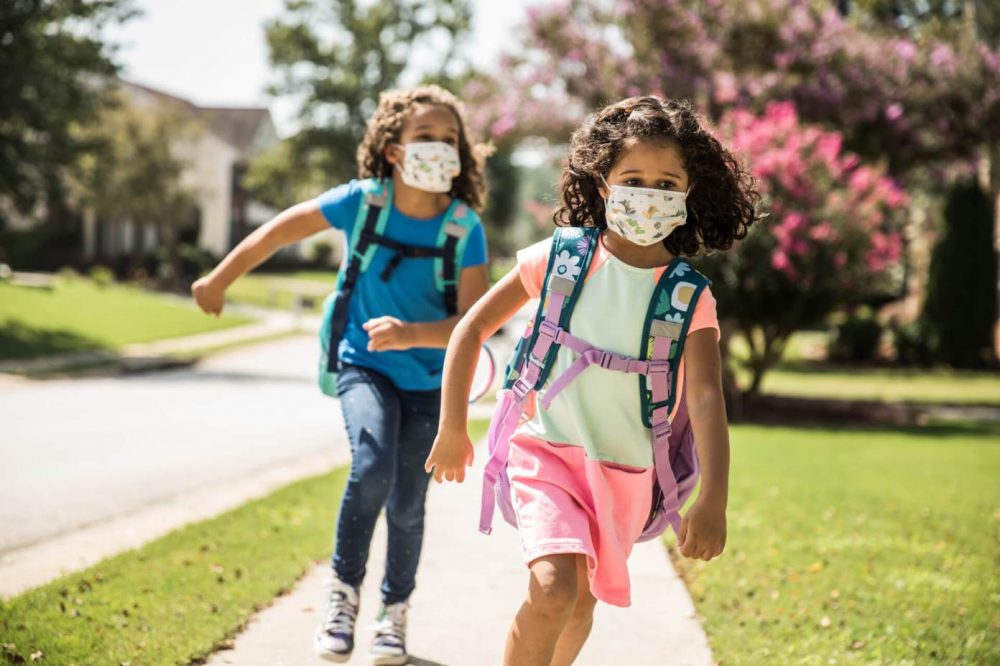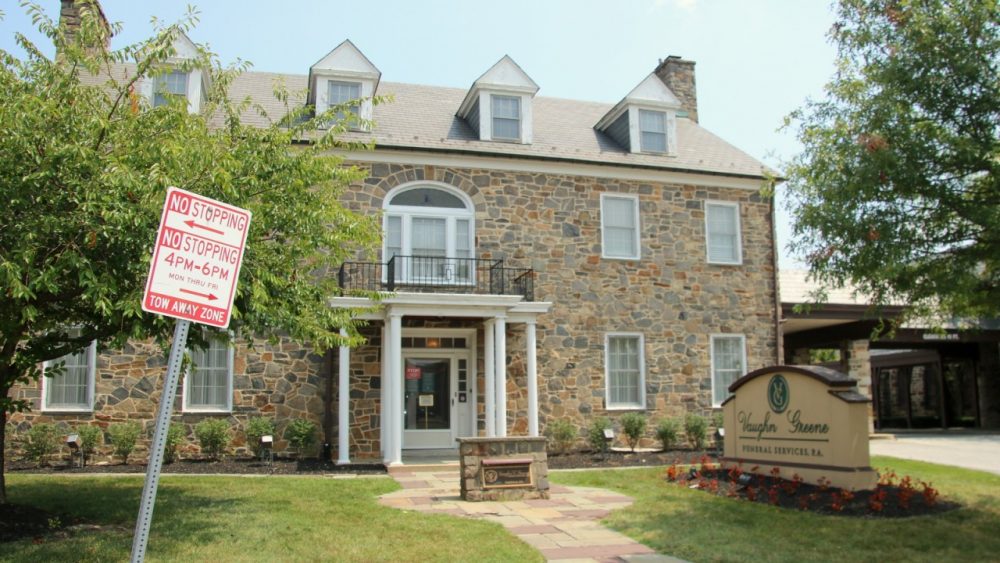Following AC Meltdown in Baltimore, Hogan Orders School-by-School Audit
by Bruce DePuyt
Published September 1 in Maryland Matters
Excerpt: For two days, frustrated parents in Baltimore have been forced to retrieve their children from school on short notice due to back-to-back early dismissals. The reason: a lack of functioning air conditioning systems that made buildings unbearably hot.
On Wednesday, a visibly irritated Gov. Lawrence J. Hogan Jr. (R) ordered Maryland’s top education officials to conduct a building-by-building review to determine which schools lack proper ventilation and air filtration systems.
Thirty-one city schools were forced to shut down early on Tuesday, the second day of class.
Speaking at the start of the bimonthly Board of Public Works meeting, Hogan hammered local officials for failing to ensure that every building was ready for the start of the new school year.
“It’s unbelievable to me that this is still happening after the Comptroller and I have worked together for the last six years to push to get every school air conditioned, and to provide record funding for every school to be air conditioned, and our nonstop efforts to hold schools accountable,” the governor said.
[…]
City school officials pushed back on the governor’s comments.
In a statement, they said the system is “successfully implementing the air conditioning plan” that he approved in 2017.
“The plan calls for all school buildings to be air conditioned by the 2022-2023 school year, depending on approvals and the availability of state funding,” officials added. “City Schools is on track to meet that goal. There would be no plan and five-year timeline if the governor did not approve it first, yet he continually denies his role.”

